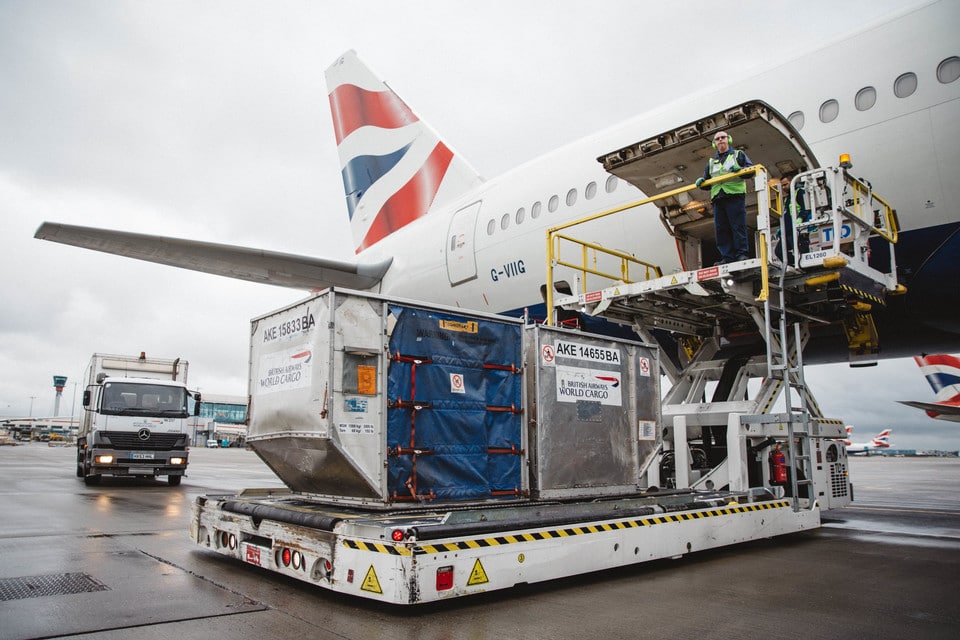No products in the cart.
Air cargo remains single bright spot for aviation in 2021
A year after the onset of the COVID-19 pandemic destroyed demand for air travel, cargo remains the sole bright spot.
With fewer passenger planes in the air, there’s less room for freight that’s normally transported in their holds. That’s driven up demand for dedicated cargo jets to help handle the boom driven by online shopping, vaccine distribution and just-in-time supply chains.

Pre-pandemic, 60% of all international air-cargo capacity was in the bellies of passenger aircraft, according to industry group IATA, and 2020 capacity shrank by almost a quarter. That shortage meant rates surged to all-time highs, based on a report by Sanford C. Bernstein.
It’s unclear whether the boomlet for dedicated freighters will last when belly capacity will return with passenger jet frequencies. But Bernstein expects demand to remain strong as airlines only gradually restore full services while battling to repair their balance sheets.
Carriers have even resorted to temporarily converting some passenger jets to freighters, pulling out seats to carry goods inside their main compartments. This strategy is profitable on routes with cargo rates priced above $4 per kilogram, Citi analysts wrote in a report on Feb. 23. Freight costs from Hong Kong to the U.S. were about $6.10 per kilogram in December and $5.30 per kilogram from Shanghai to Germany, they said.
Israel Aerospace Industries Ltd. says it’s working flat out and is fully booked until 2022 for so-called passenger-to-freighter conversions. Luxembourg-based Cargo Facts Consulting expects about 90 aircraft to be converted to freighters in both 2021 and 2022.
United Parcel Service Inc. expects 2021 to be another strong 12 months after posting record sales last year. Amazon.com Inc. is rapidly expanding its fleet of planes, and recently announced it would buy 11 used Boeing 767-300 jets, the first time the online retail giant has purchased, rather than leased, aircraft for its fast-growing air cargo operation.








